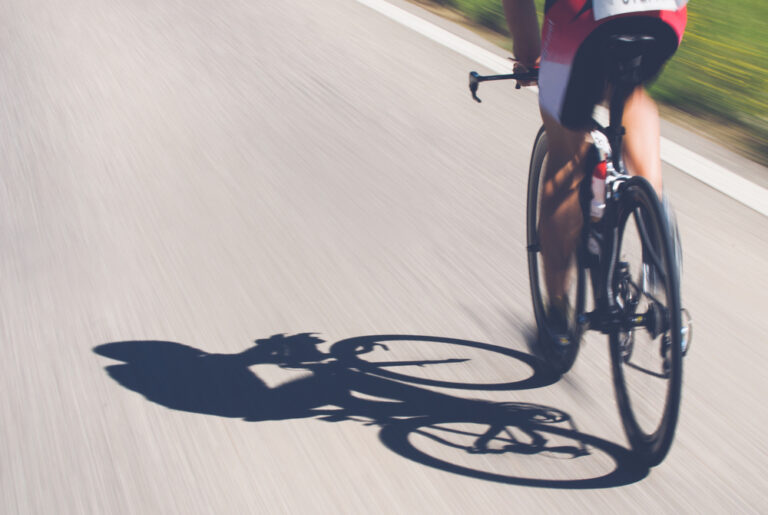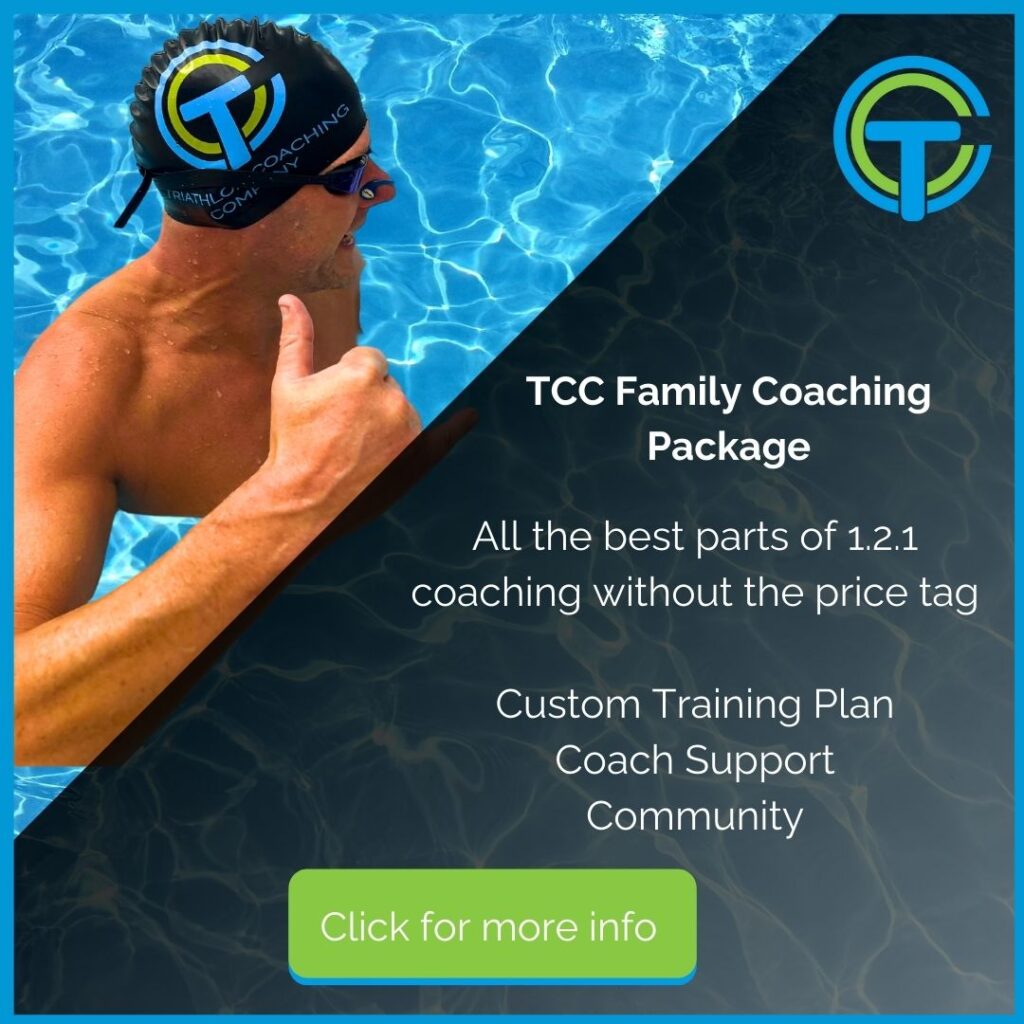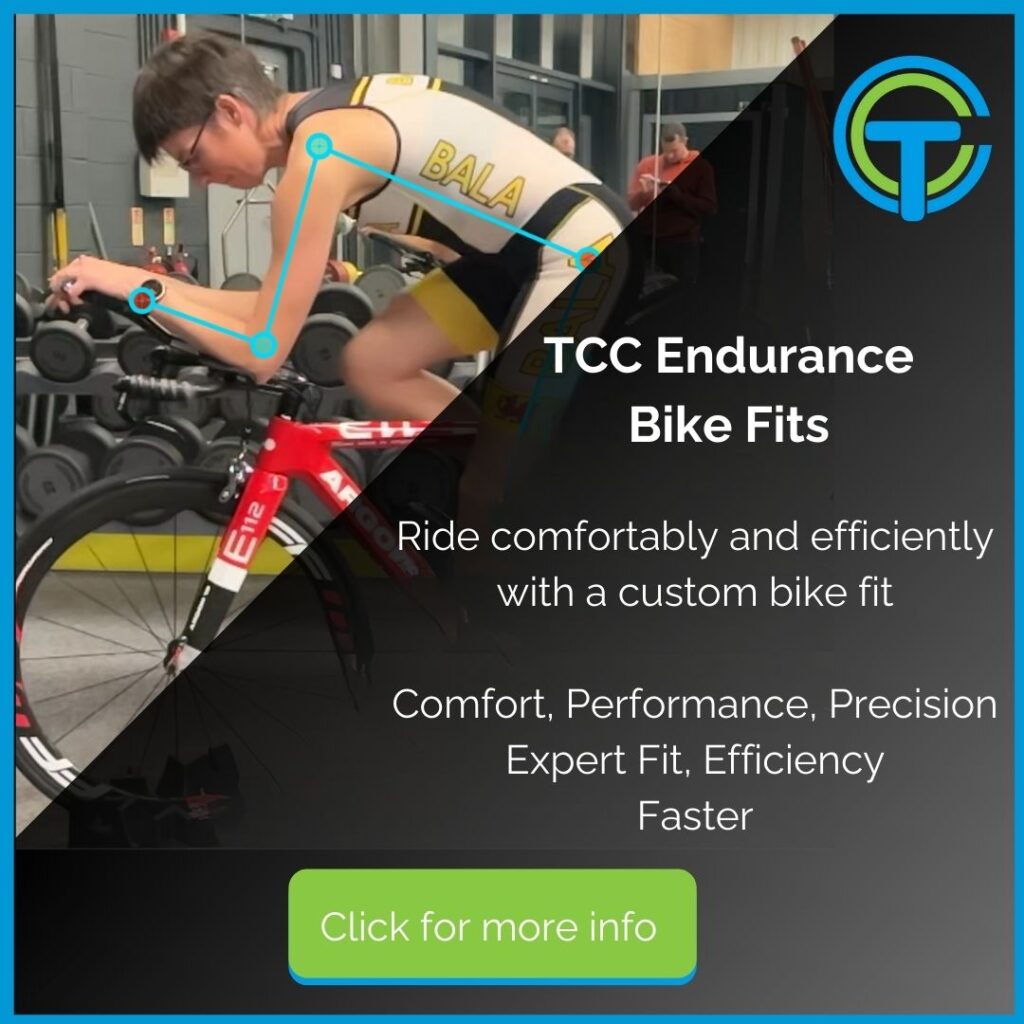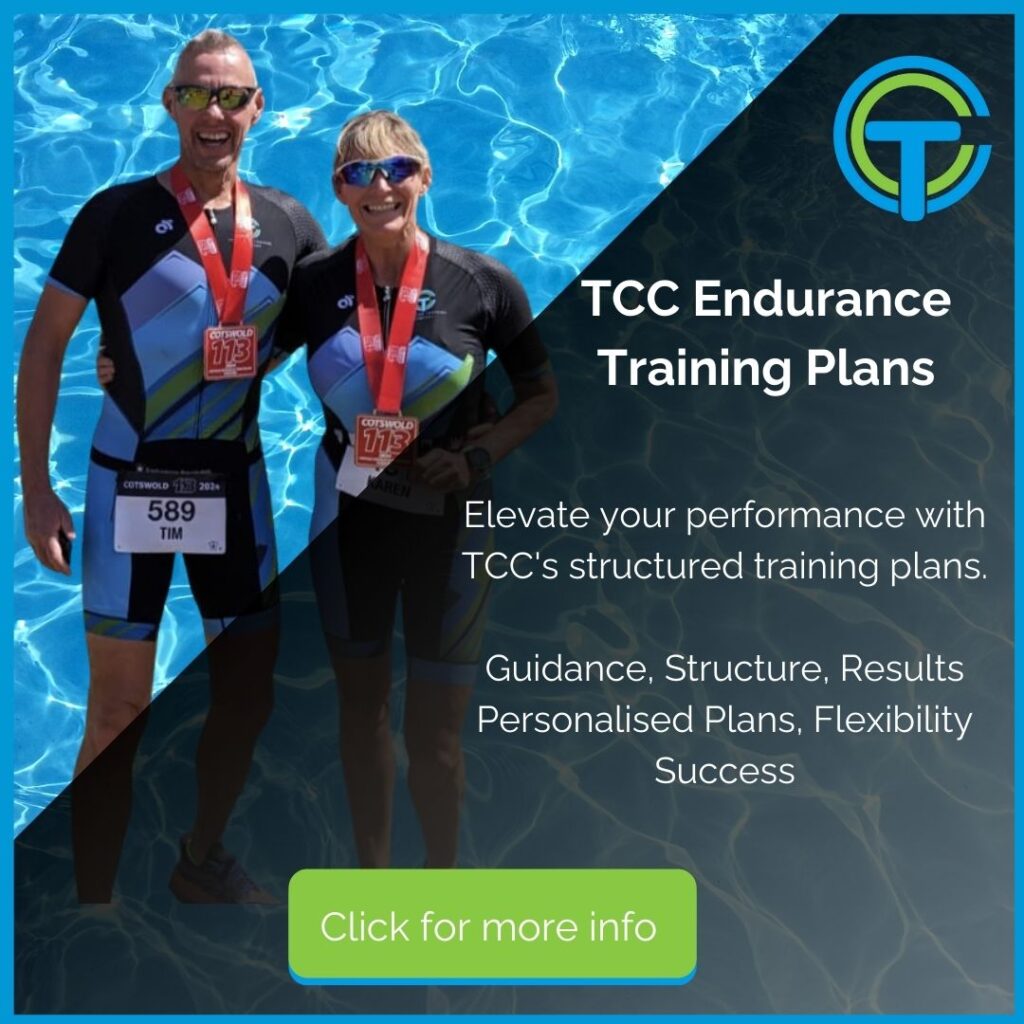Training for an Ironman Cycling
In this article, we look at the cycle section in an Ironman and how you can train for your first foray in to long-distance! We look at how you can structure your rides, what to include and how much time you need to dedicate to training
Training for Ironman can be a daunting prospect, so we’ve put together a how-to guide for the bike to get you on the right track to make your first Ironman triathlon as fun and straightforward as possible.
What is an Ironman?
An Ironman triathlon (also known as full distance, 226 triathlon or 140.6 if your old school like us) consists of a 3.8km swim, 180km cycle and 42.2km run. These are completed one after the other, with athletes finishing between 8 (pro’s) hours and 17 (cut off time) hours. The training for this type of event will take some dedication and consists of multiple months of training, with most athletes training six days a week on average with multiple sessions on some days. As you can imagine with the distances and times involved, a good portion of this training will include lots of time swimming, cycling and running, and one of the key sessions for any aspiring Ironman athlete is their long swim, bike and run, which can be up to 6 hours at a time for cycling, which can be a logistical nightmare for a self-coached beginner athlete.
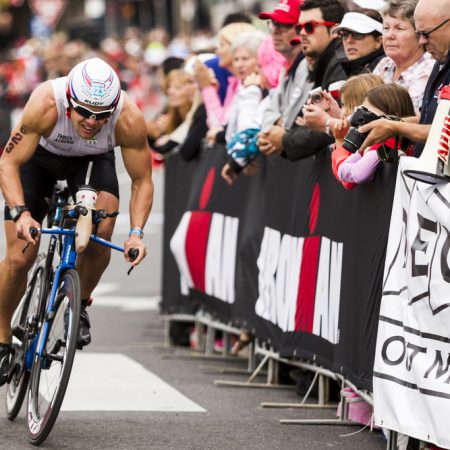
Taking on an Ironman triathlon isn’t always an easy decision and having a well thought out, and structured training plan will make things much easier to fit in around your normal already hectic schedule. Plus, following a training plan has been shown to improve your success rate up to 2x that of an athlete who doesn’t.
Training for the bike
Most athletes we work with fall into two camps with cycling. They either cycle regularly and have a good base of fitness but not necessarily the endurance for Ironman distances or are complete beginners who have not ridden a bike for some time. If you fall into the latter category, fear not. We can get you going!
You will want to start small; cycling at least 2-3 times a week is an excellent place to start. You will also want to cover 100 miles in at least one session at some point during your training (this might be scary, but it will give you the confidence for race day). The key to this is to build up slowly and look to complete your 100-mile rides late on in the programme. Just make sure they are at least 3-4 weeks before your race (you’ll need to rest and recover to be ready for race day). As with swimming, we recommend you ride 2-3 times a week and split these sessions between long and relatively easy sessions, short and intense efforts and a technique/recovery session:
- Long Ride – This should be the key session for the week, start at around 1-1:30 hours and build out to about 6 hours of non-stop riding. A good rule of thumb is to build by no more than 5% of the time from the previous week’s session and remember to have a week of easier and shorter training every four weeks to make sure you have time to recover. These rides are best completed on the open road and should be relatively easy between 2-4 out of ten in effort for the ride. If you are more a proficient rider, then having some medium intensity efforts in these sessions can be beneficial (try 2-3×15-20 minute efforts at 5-6 out of ten with 5-10 mins recovery between each effort as a starting point).
- Intense Ride – These are another critical session and should be completed each week; luckily, these don’t need to be as long as your long rides and can be around 45-90 minutes long depending on your cycling ability. It may be better to complete these sessions on a turbo trainer to make them more specific and easier to control your efforts without worrying about traffic, traffic lights and hills etc. (all of our plans come complete with workouts built to work seamlessly with Zwift, TrainerRoad, Rouvy and other indoor training apps). These efforts should start at about 5-6 out of ten for short/medium durations (10-20 or even 30 minutes) with minimal rests in between (1-2 minutes) and slowly build up over time to increase in intensity over shorter efforts (5-10 mins at 7-8 out of ten efforts with 3-5 mins rest) and/or for more extended periods at the same intensity. These sessions are where a coach will identify the correct types of interval sessions for your current capabilities and set sessions that will more effectively build you up.
- Technique/recovery rides – These rides are a great way to improve your skills on the bike, either through riding outdoors and practising your bike handling, targeting your weaknesses or/and targeting your pedalling skills and your ability to hold your race position on your bike (if you are using a Time-trial bike). Again, start small and build up the time spent in the TT position. Some drills that might benefit you are doing isolated single-leg pedals, which means unclipping from one pedal and using a single leg to complete the entire pedal stroke. This helps with your pedalling efficiency and allows you to smooth out your pedal stroke. Start with 3-4 intervals of 10-15 revolutions with each leg and progress from there. Obviously, riding on the road completing these would be dangerous, so as an alternative, rather than unclipping just focus on the particular leg for each pedal stroke and aim to smooth out how you pedal during these. These sessions should not be too intense and should be completed at about 3-4 out of ten efforts and last between 30-90 minutes, again depending on your cycling ability and time available.
Of course, these sessions are one way of developing your fitness to be able to complete an Ironman, but you will also need to consider your training as a whole along with slowly building up to the required training level whilst allowing for recovery. This is where a coach can really help you to understand how to train properly for your race, your availability and your current level of fitness. If you can’t afford or currently don’t want a coach a good training plan will really take the stress out of building your own plan and making sure it’s right for you. Check out our Ironman plans here.

